Today we’re doing a density experiment using oranges! Kids will have so much fun learning about density and buoyancy using a peeled orange and a non-peeled orange. Who would have thought simple items could be used to teach different properties of science. You can do this density experiment at home or in the classroom!
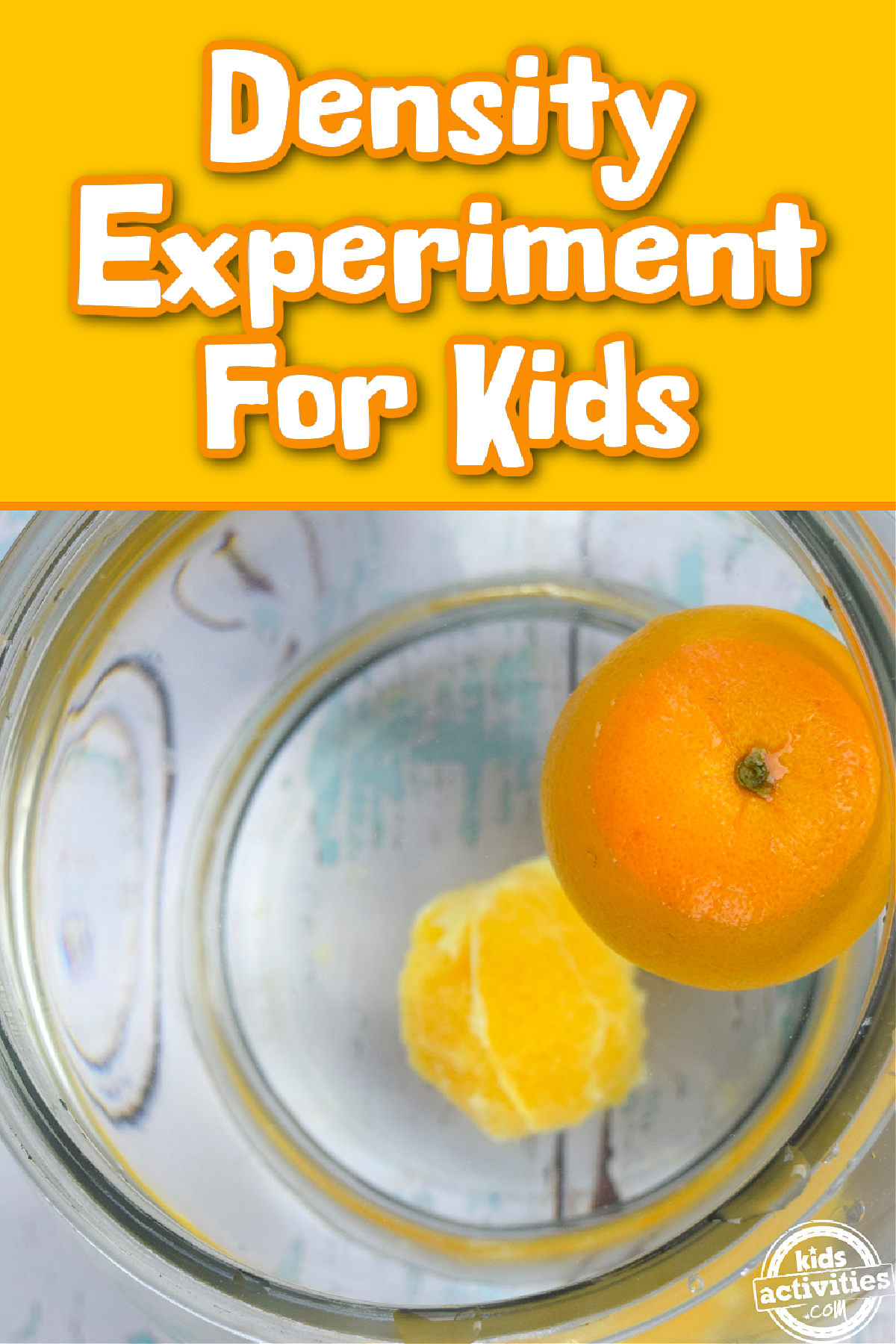
Density Experiment Using Oranges
Orange you glad this science experiment uses only a few items? I’ll see myself out… but not before we talk about how easy and budget-friendly this science experiment is! Plus, you can always snack on the oranges later.
But your kids will be able to explore buoyancy and density and how making changes can affect those things. It’s simple, fun, and kids are gonna love it.
This post contains affiliate links.
Related: Download and print our scientific method steps for kids printable!
Supplies Needed For This Orange Density Experiment
- 2 Oranges
- A Large Bowl
- Water
Optional:
How To Set Up And Do Your Density Experiment
Step 1

Peel 1 of your oranges either by cutting off the peel or peeling it the old fashioned way.
Step 2
Fill up your bowl with water.
Step 3
Put the peeled orange in. What happened?
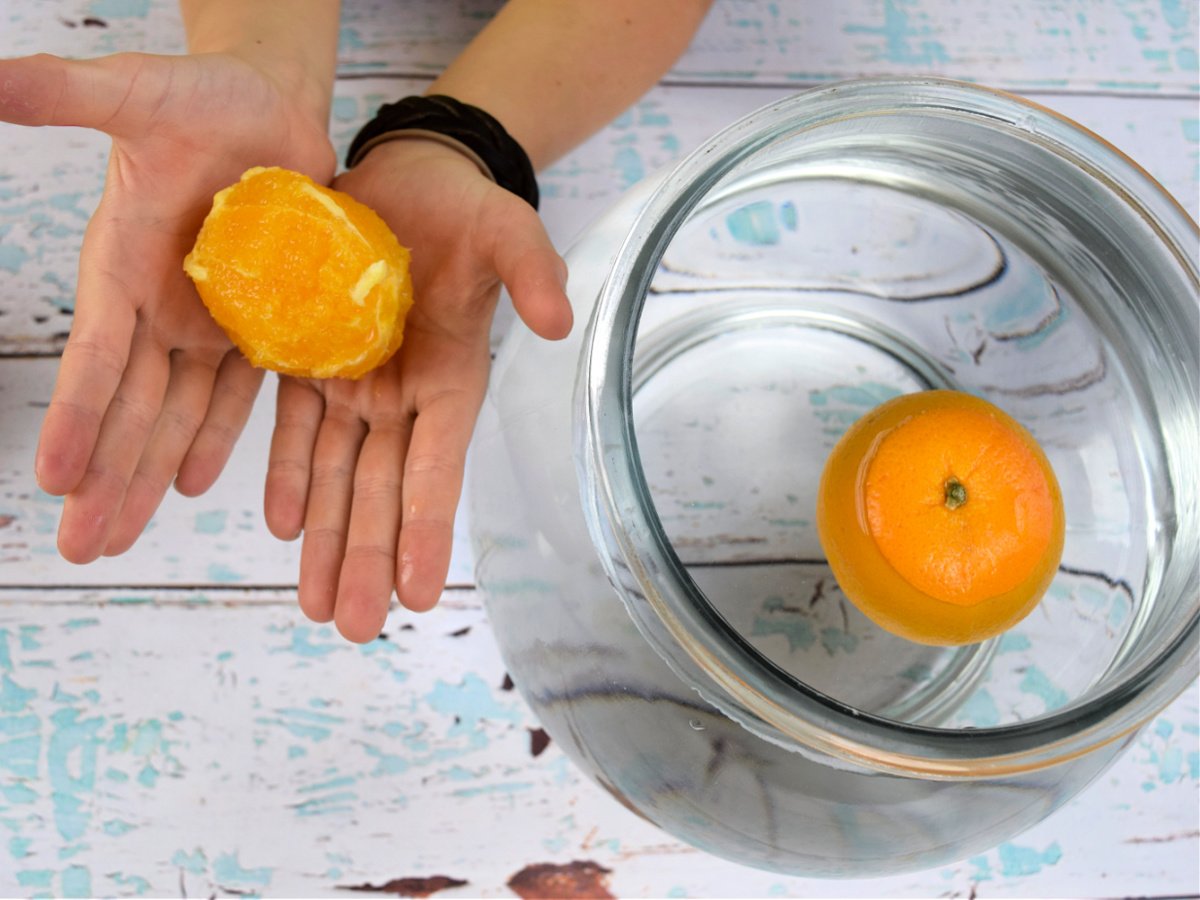
Step 4
Now, put the unpeeled orange in the water. What happened?
Why The Oranges Sink and Float
When you put the oranges in the water, did they do what you thought they would? But why did one sink and one float?
Think of the orange peel like a life jacket for the fruit. It contains small air bubbles that helps the orange stay floating.
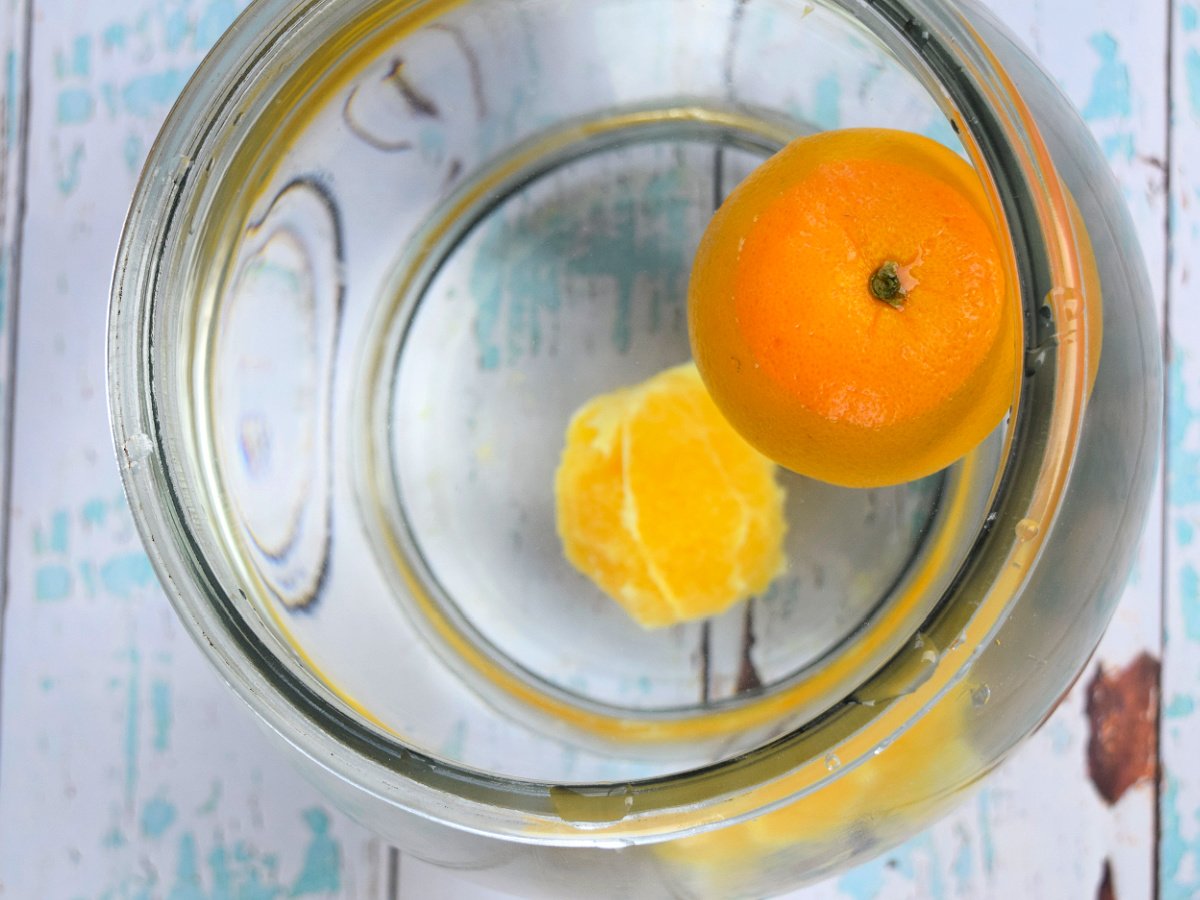
But when you take the peel off you’re basically taking off it’s life jacket. Because of that, it’s heavier and then it sinks because it is denser than the water. The peel helps it stay lighter than the water.
Things will only float if they’re less dense than water. They will sink when they’re more dense than water. And air will help things float and keep them buoyant.
Orange Science Experiment Teaching Density and Buoyancy
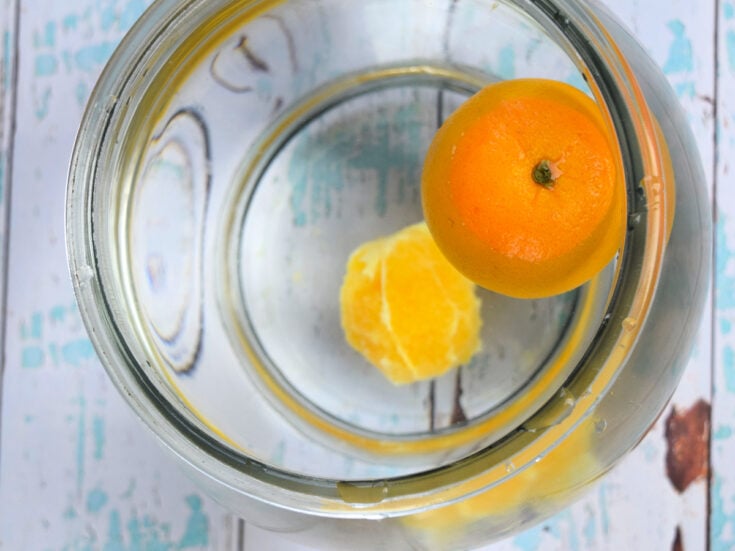
Let's learn about science the fun way with this orange experiment that will allow your kids to explore the properties of density and buoyancy.
Materials
- 2 Oranges
- A Large Bowl
- Water
- Optional:
- Knife
Instructions
- Peel 1 of your oranges either by cutting off the peel or peeling it the old fashioned way.
- Fill up your bowl with water.
- Put the peeled orange in. What happened?
- Now, put the unpeeled orange in the water. What happened?
More Science Experiments From Kids Activities Blog
- Here are 50 fun and interactive science games!
- Learn more about atoms and grab atomic model worksheets here –> What is an atom?
- Learn about chromosomes and genes and grab free science worksheets for review.
- And here are tons of new science experiments for kids at home.
- Kids of all ages will love this ferrofluid science experiment.
- Printable periodic table science worksheets and lots of learning about the periodic table of elements.
- Why not try these gross science experiments too?
- Don’t miss our fun facts for kids!
- Learning the model of an atom – easy fun printables!
- We have a dancing raisin experiment for kids.
- Check out this science activity! You can make an atom.
- Learn how germs are spread.
- Make your own magnetic train!
How did you like this density experiment? What did you learn?


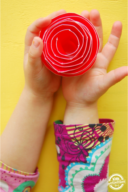




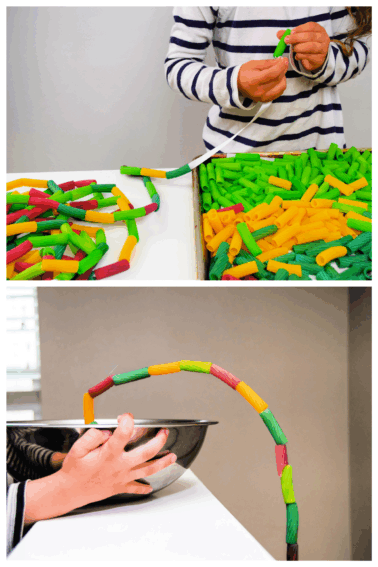

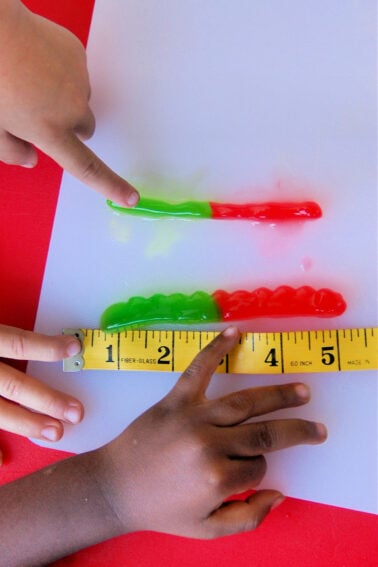
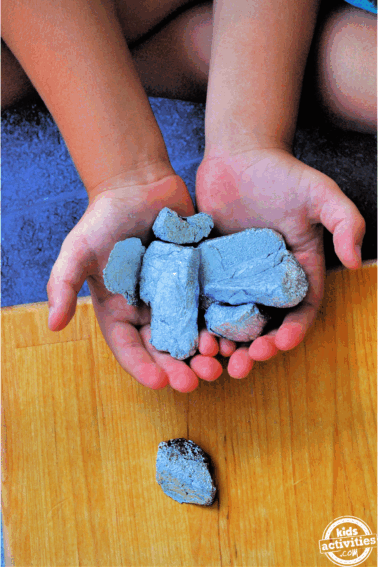










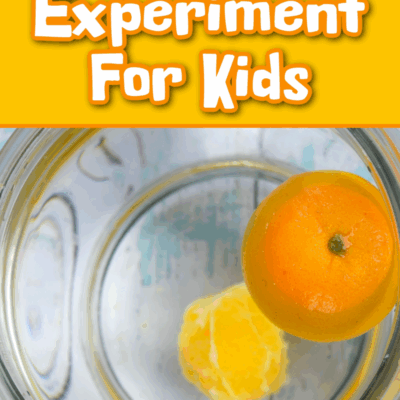
0